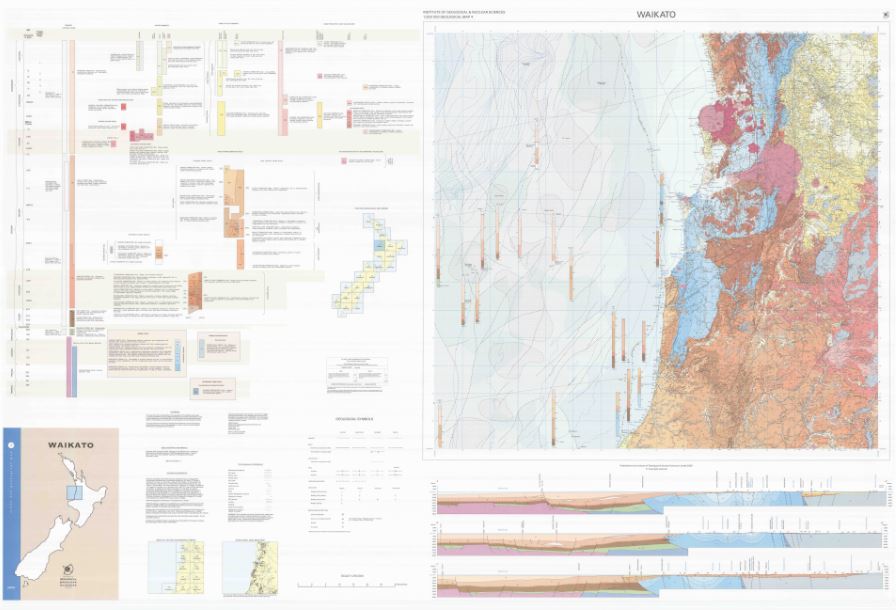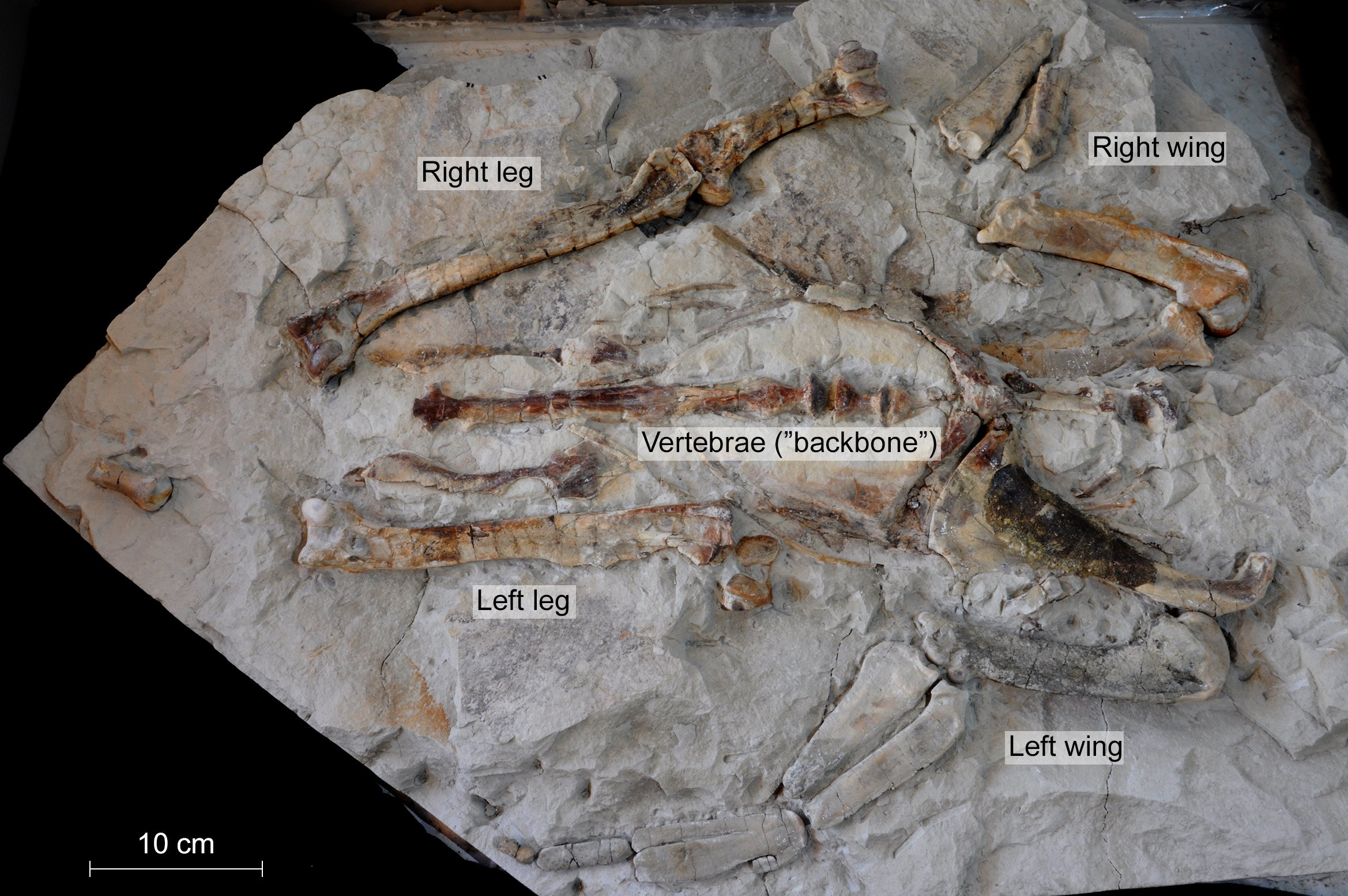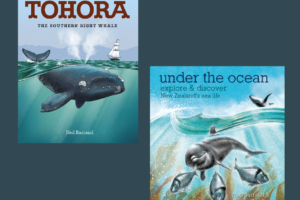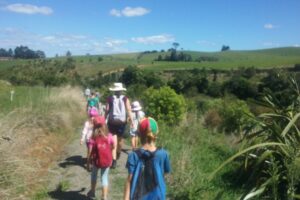An extension from the article in Wild Things issue 135 (winter 2017) by Dr. Daniel Thomas, Senior Lecturer in Vertebrate Zoology at Massey University.
Giant fossil penguin bones have been found in several places in New Zealand and also overseas in Antarctica and South America. The key to finding giant penguin fossils is to look in the right place.
The Geological and Nuclear Sciences of New Zealand (GNS) website provides maps that can point you in the right direction (bit.ly/GNSmaps). Geological maps can be challenging to read so you might want to ask for help from a geologist or fossil expert at your nearest university.
An example of reading a geological map

Waikato QMAP, © GNS Science 2016
This is a geological map for the Waikato region. I start by going to the map key (or legend) and finding the time range I am interested in. In this case it is the Oligocene (37 to 28 million years). Next, I look alongside the time axis for the symbols, colours and descriptions of the rock formations. I am looking specifically for keywords associated with marine sediments, like ‘calcareous siltstone’, ‘sandstone’, and ‘limestone’. For this map, this brings me to the brown coloured Ngatoro Group which contains Glen Massey Formation, Whaingaroa Formation, and Aotea Formation. I look to see what colours and acronyms (abbreviations) are used to represent each rock. In this case they are Otg, Oti, and Ota. Now I look on the map to find these colours and symbols. I see Ota or Aotea Formation in Kawhia Harbour. That’s where the Junior Naturalists (JUNATS) found their penguin.

Giant penguin fossil found by members of the Hamilton Junior Naturalists Club and now housed at Waikato Museum Te Whare Taonga o Waikato
If you are going to go searching for fossils then you must remember to respect private property, and read about the rules for collecting fossils set by the Department of Conservation. Advice from GNS to fossil hunters is also really helpful (bit.ly/GNSfossilhunting).







